Losing a loved one is one of the hardest parts of life, and it’s something we all experience in our own way. You might be surprised to learn that the animal kingdom isn’t so different. Many animals have their own unique ways of grieving, showing that love and loss aren’t just human experiences. Let’s dive into 13 fascinating animal grieving rituals that highlight how universal these feelings truly are.
1. Elephants’ Mourning Processions
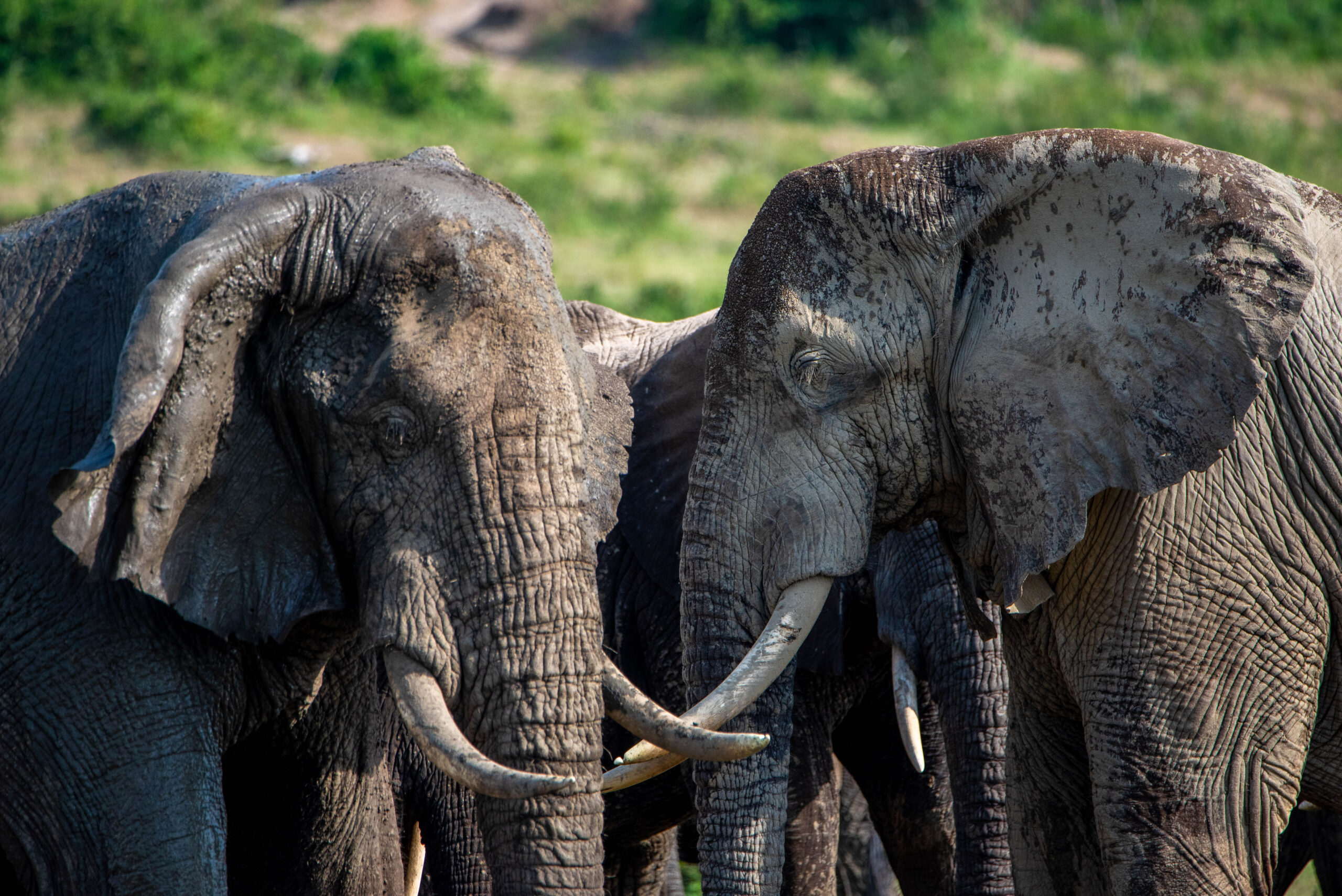
When an elephant loses a member of its herd, the entire group comes together in a touching display of unity and grief. They often form a procession, gently touching the deceased elephant with their trunks, as if saying their final goodbyes. It’s not just about the physical touch; elephants have been observed to stand vigil over their dead for days. Researchers like Dr. Joyce Poole have noted how these intelligent creatures display behaviors that suggest a deep understanding of loss and mourning. This solemn ritual underscores the tight-knit bonds these magnificent animals share.
After the procession, elephants often cover the body with leaves and dirt, almost like a natural burial. This act seems to help them process the death and perhaps find closure. Observers have noted that elephants sometimes return to the site of the body’s resting place, revisiting it and gently touching the bones. It’s a touching reminder that these creatures, too, seek comfort in remembering their loved ones. Their actions show a profound empathy and respect for life and death alike.
2. Chimpanzees’ Quiet Vigil
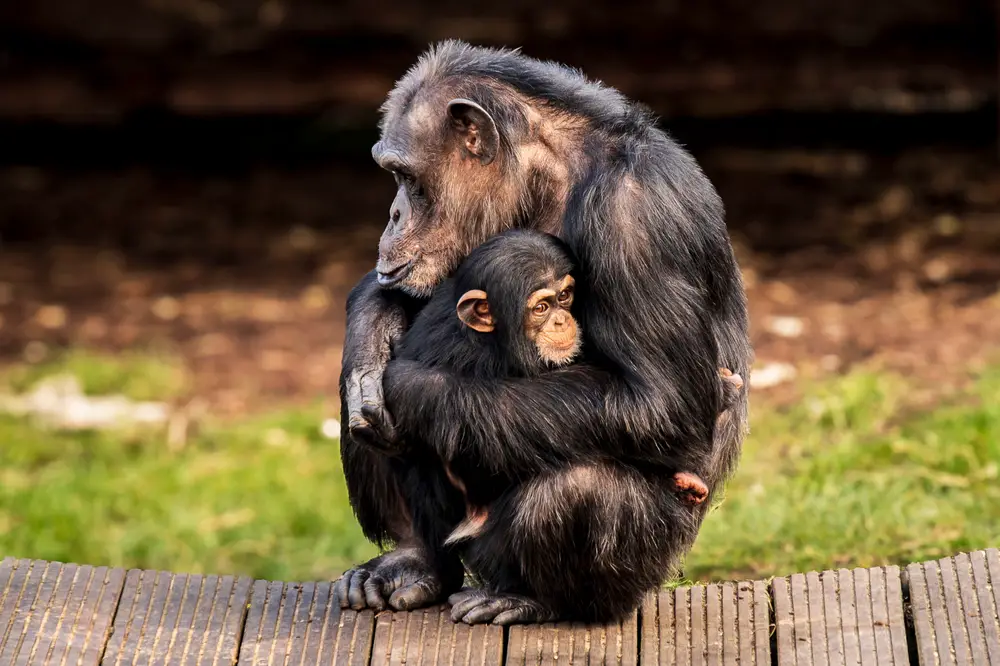
Chimpanzees are known for their intelligence and complex social structures, but their approach to loss is equally remarkable. When a member of their troop dies, chimpanzees often gather around the body in a solemn, almost human-like manner. They may sit by the deceased for hours, sometimes grooming or gently touching them. This behavior reflects a deep-seated bond and perhaps a way to understand and cope with the absence.
Interestingly, the death of a young one can particularly impact chimpanzee mothers. They have been observed carrying their dead infants for days or even weeks, as if unwilling to let go. This extended period of carrying the deceased may provide the mother with time to come to terms with the loss. It’s a poignant reminder that grief is not just emotional but can also be a physical experience. In these moments, chimpanzees show us a side of themselves that is both vulnerable and deeply connected.
3. Dolphins’ Circle Of Life
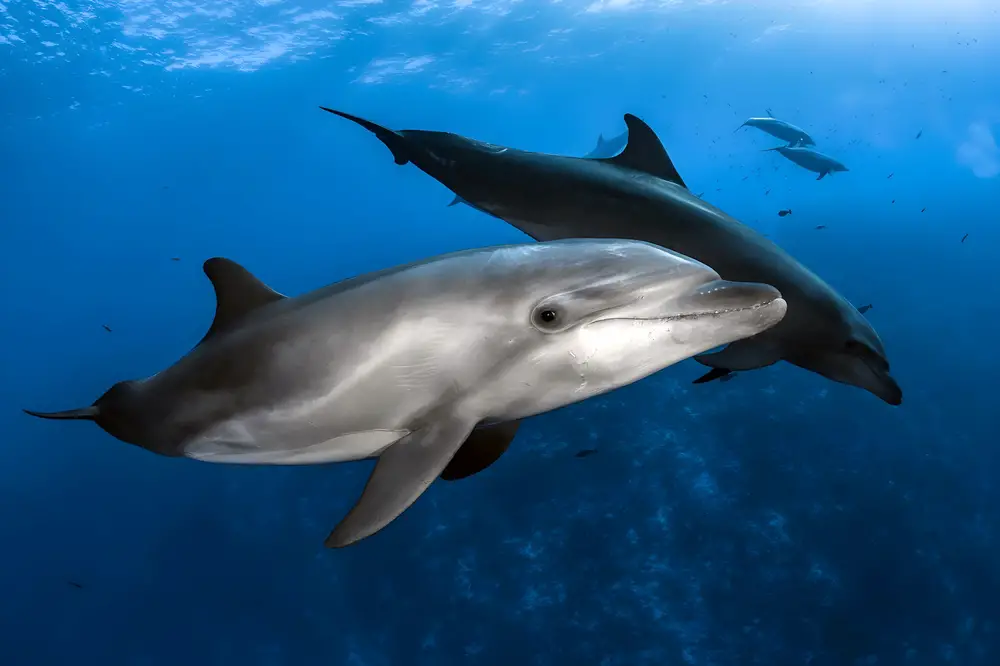
Dolphins, known for their playful nature and intelligence, have also been seen demonstrating grief in a way that resonates deeply with us. When a dolphin dies, its companions may form a circle around the deceased, staying close as if protecting one of their own. Marine biologist Dr. Lori Marino has studied dolphins extensively and suggests that these behaviors indicate a complex emotional life. This protective circle is not just a display of social bonding but also an emotional response to the void left by their lost companion.
In addition to forming a circle, dolphins have been observed attempting to keep dead individuals afloat, as if trying to help them breathe. This persistent, albeit futile, effort speaks to their strong social bonds and caring nature. The pod may spend hours with the deceased, occasionally vocalizing with clicks and whistles. These interactions suggest a deep-seated understanding of life and death within dolphin communities. It’s a poignant example of how love and loss are interconnected in the animal world.
4. Crows’ Memorial Gatherings
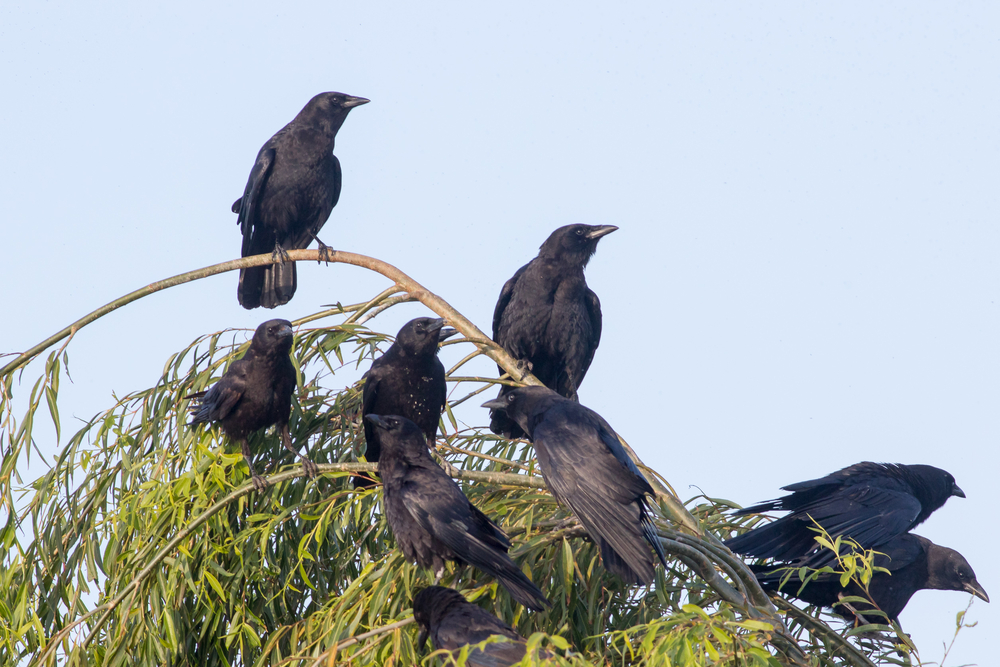
Crows have long been associated with mystery and intelligence, and their response to death is equally intriguing. When a crow dies, others gather around the body, creating a scene that resembles a funeral. This gathering isn’t just about curiosity; crows use these moments to learn about potential threats to the group. Their behavior suggests a complex social structure and an ability to process and react to loss.
During these memorial gatherings, crows may call out loudly, as if alerting others to the death. This communication serves a dual purpose: honoring the dead and warning the living. By coming together, the crows reinforce their social bonds and ensure the safety of the remaining group. These gatherings showcase the intelligence and social awareness that make crows such fascinating creatures. Their rituals remind us that even in death, life and learning continue.
5. Whales’ Last Embrace
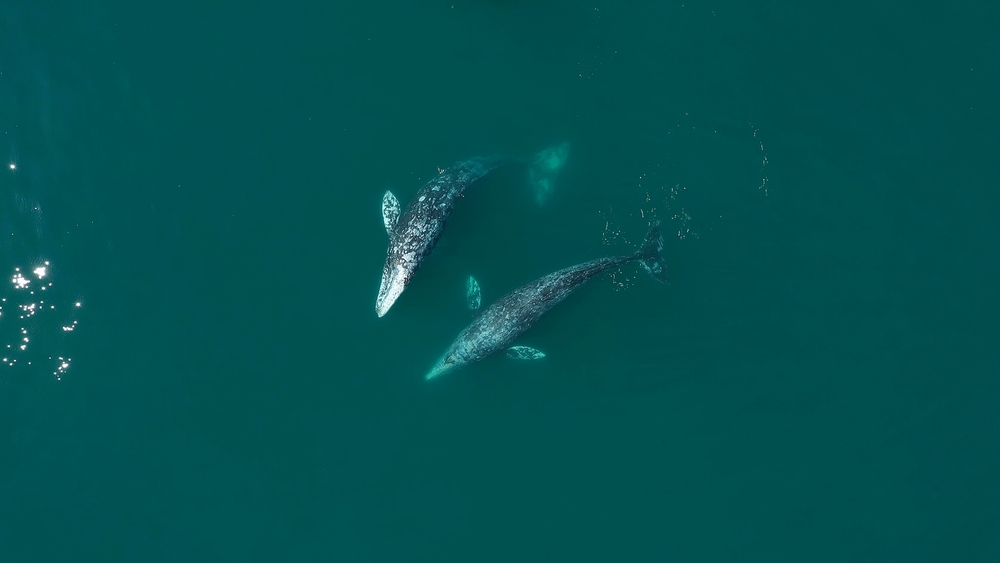
Whales, like dolphins, are known for their strong social bonds and emotional depth. When a whale dies, its companions are often seen lingering nearby, almost as if they’re unwilling to leave their friend behind. Dr. Hal Whitehead, a marine biologist, has documented cases where whales have been observed nudging or touching their deceased companions, suggesting a form of mourning. This behavior indicates a profound understanding of connection and loss.
In some cases, whales have been seen lifting dead calves with their backs, attempting to raise them to the surface. This action reflects a deep-seated instinct to nurture and protect, even in the face of death. The pod often stays close for an extended period, vocalizing in a way that seems to express their grief. These interactions highlight the emotional complexity inherent in whale societies. Their rituals show that even in the vastness of the ocean, love and loss are deeply felt.
6. Cats’ Subtle Gestures
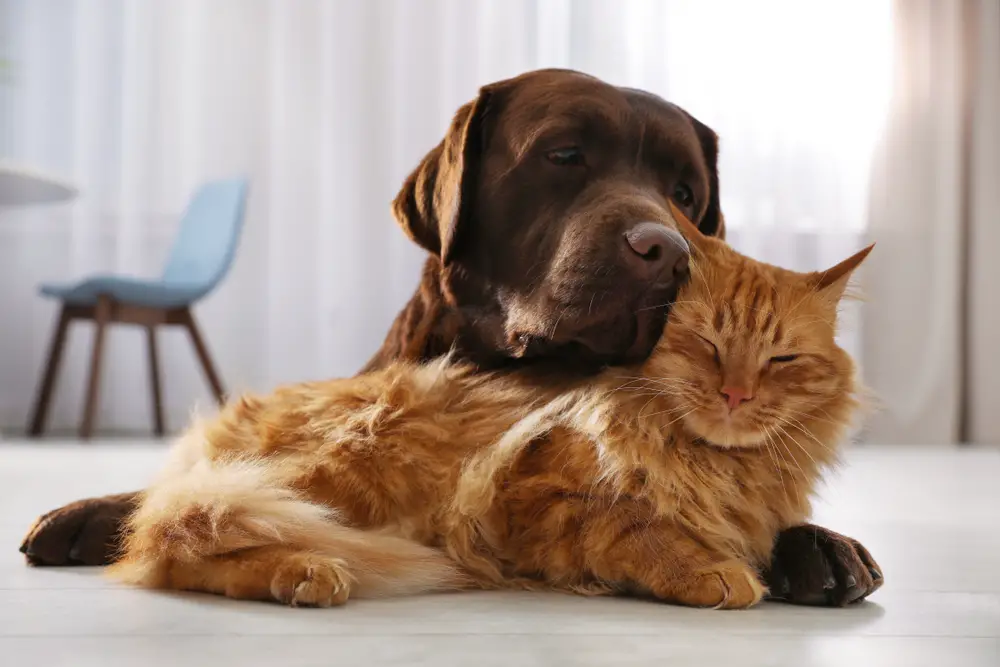
Cats may not be the first animals you think of when it comes to mourning, but they do have their own ways of dealing with loss. When a feline companion dies, surviving cats may show changes in behavior, including a lack of appetite and increased vocalization. These subtle gestures indicate that cats, too, feel the absence of a loved one. Their behavior changes can be a way of expressing grief and adapting to the new dynamics within their living environment.
Cats might also spend more time near the deceased’s favorite spots, as if keeping a silent vigil. This behavior suggests a recognition of the loss and an attempt to maintain a connection. It’s a subtle but clear indication that cats can form strong emotional bonds with their companions. Their quiet mourning rituals remind us that even the most independent creatures can feel the impact of loss. It’s a touching testament to the depth of feline emotions.
7. Magpies’ Moment Of Silence
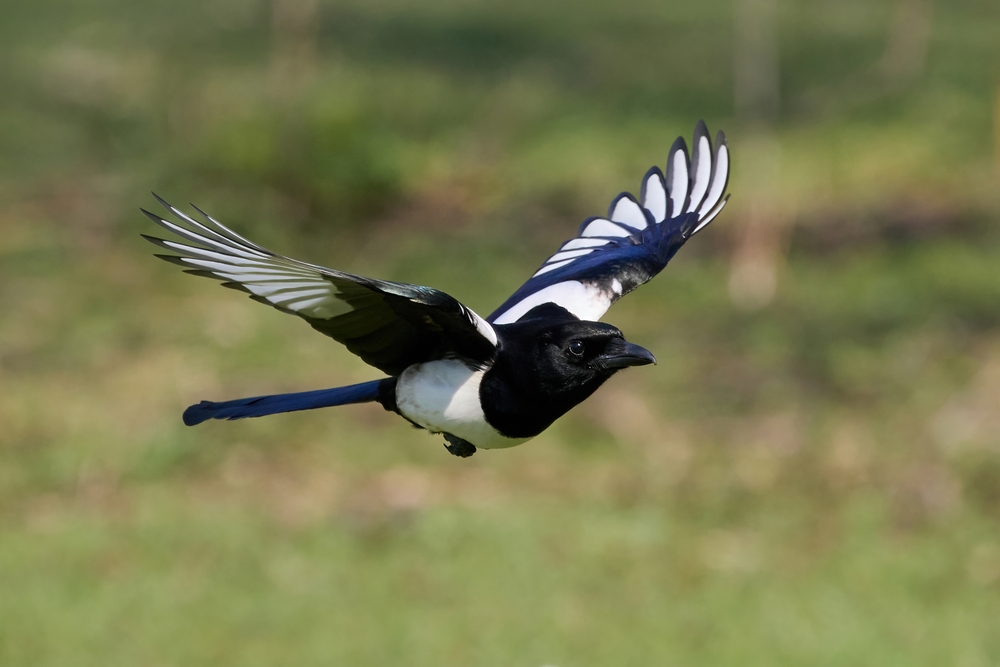
Magpies are intelligent birds known for their striking black and white plumage and inquisitive nature. When a magpie dies, its companions often gather around the body in a moment that feels both respectful and somber. Dr. Marc Bekoff, an expert in animal behavior, has studied magpies’ reactions to death and suggests these gatherings are a form of mourning. The birds might offer twigs or grass as if in tribute, showcasing a unique form of empathy and awareness.
These gatherings don’t just serve a social purpose; they help magpies process the loss within their community. By coming together, they reinforce bonds and offer mutual support in a time of grief. This behavior highlights the complex social dynamics and emotional intelligence that magpies possess. Their rituals reveal a shared understanding of life’s fragility and the importance of community. It’s a powerful reminder of the interconnectedness of all living beings.
8. Dogs’ Loyal Companionship

Dogs are often celebrated for their unwavering loyalty and companionship, traits that extend even to their grieving rituals. When a dog loses a fellow pet or human companion, the signs of grief can be unmistakable. Dogs may become withdrawn, lose interest in activities, and exhibit changes in eating and sleeping patterns. These behaviors suggest a deep emotional response to the absence of a loved one.
Some dogs have been known to lie by the deceased’s side for an extended period, as if keeping a final vigil. This act of loyalty is a testament to the profound bonds dogs form with their companions. Their reactions to death highlight the depth of their emotional capacity and the strength of their connections. In their mourning, dogs show us that love and loyalty transcend the boundary of life and death. It’s a poignant reminder of the powerful ties that bind us.
9. Giraffes’ Silent Farewell
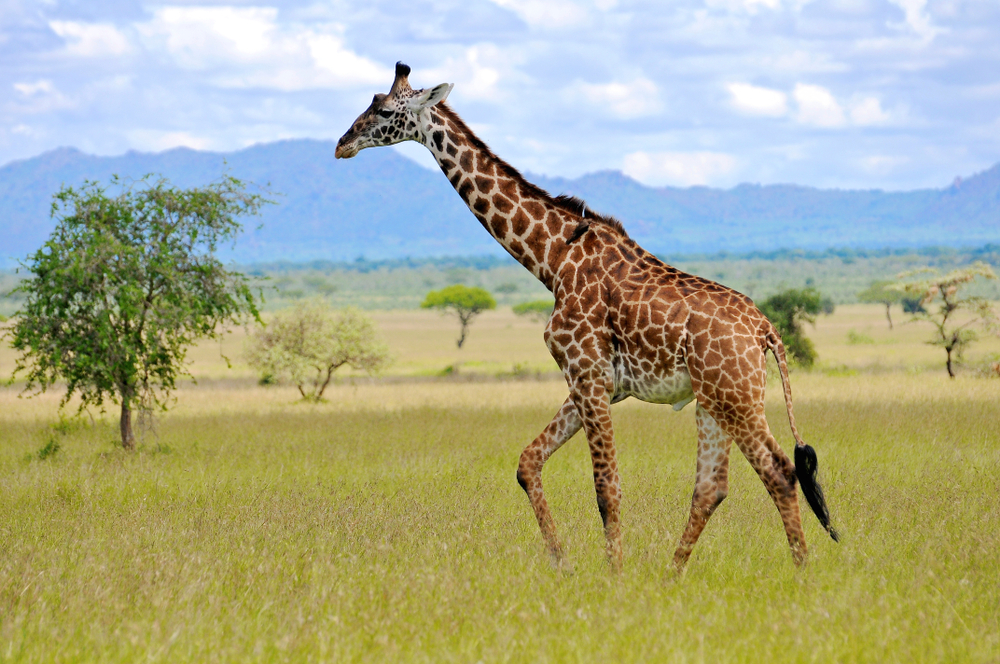
Giraffes, often admired for their grace and towering presence, have their own unique way of dealing with loss. When a giraffe dies, its companions may stand nearby in a silent, respectful vigil. This quiet farewell speaks to the strong bonds shared within their herds. Their behavior suggests an awareness of the loss and a need to acknowledge the passing of one of their own.
During these moments, giraffes might gently nuzzle or lick the deceased, as if offering comfort in their own way. It’s a touching gesture that highlights the empathy and social cohesion within giraffe communities. While giraffes might not display obvious signs of grief, their subtle actions convey a deep understanding of connection and loss. These silent farewells remind us that even the tallest creatures have hearts that feel. It’s a gentle testament to the universality of mourning.
10. Wolves’ Howling Tribute
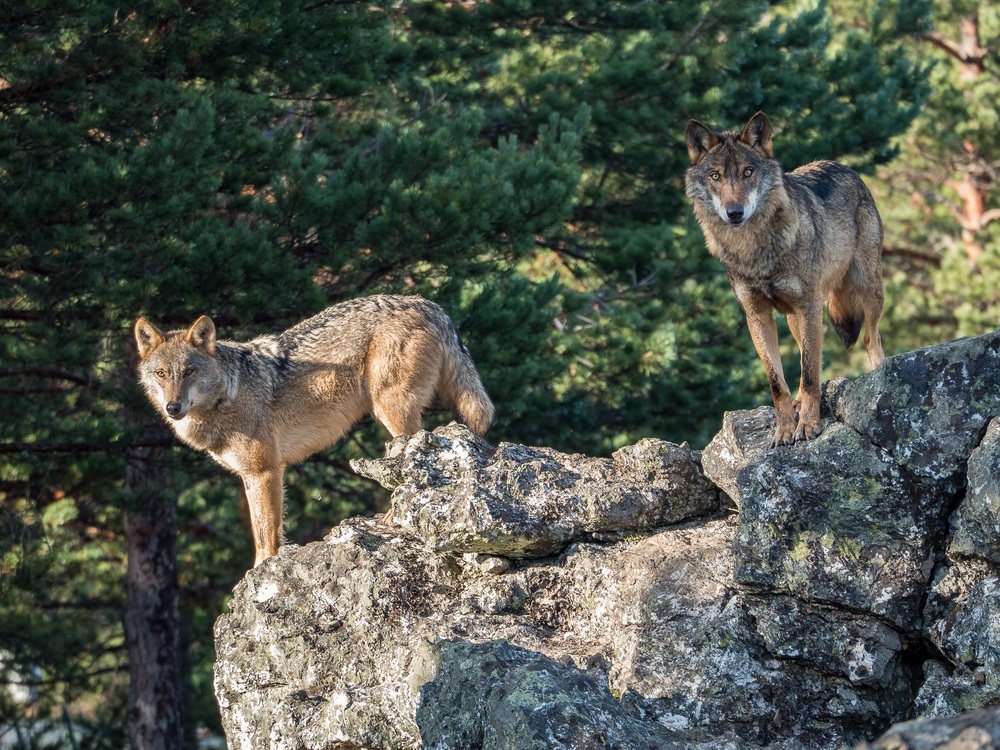
Wolves are known for their close-knit packs and complex social dynamics, which extend to their grieving behaviors as well. When a wolf dies, the pack often gathers to howl, creating a haunting, mournful chorus. This howling serves as both a tribute to the deceased and a way to reaffirm the pack’s unity. It’s a powerful expression of loss that resonates deeply within the group.
The howling ritual also helps the pack process the change in their social structure and cope with the absence. By coming together in this way, wolves reinforce their bonds and support one another during a difficult time. This behavior highlights the emotional intelligence and strong social connections that define wolf packs. Their howling tribute is a poignant reminder of the strength found in unity and the shared experience of loss. It’s a testament to the depth of their loyalty and love.
11. Penguins’ Heartfelt Vigil
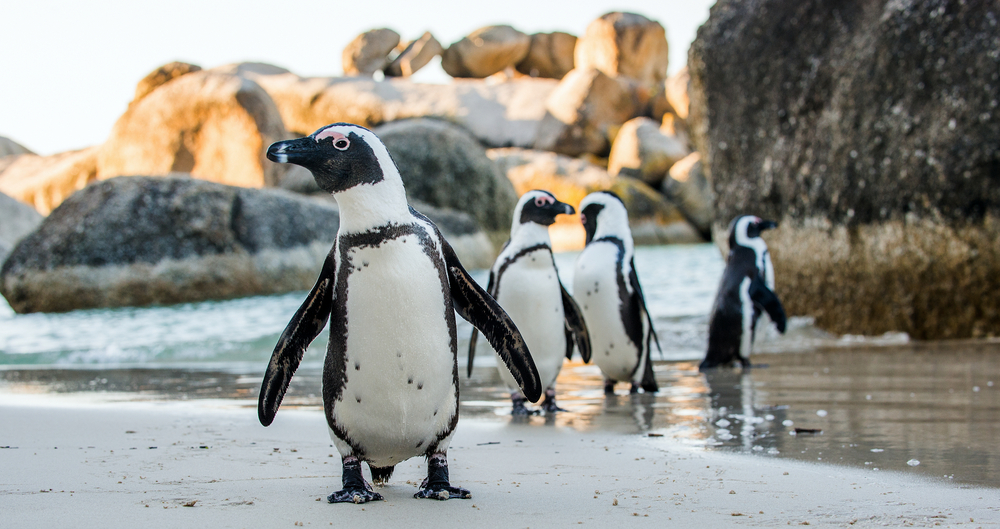
Penguins, often seen as symbols of love and partnership, have their own touching ways of mourning. When a member of their colony dies, penguins often gather around the body, standing in a silent vigil. This gathering reflects the strong bonds and sense of community within penguin colonies. Their behavior suggests a recognition of the loss and a desire to honor the deceased.
During these vigils, penguins might gently preen the feathers of the departed, as if providing comfort and farewell. It’s a tender gesture that highlights the compassion and empathy within their tight-knit groups. While penguins may not display overt signs of grief, their actions speak volumes about their emotional capacity. These heartfelt vigils remind us that love and loss are universal experiences shared across species. It’s a beautiful reminder of the connections that unite us all.
12. Horses’ Quiet Companionship
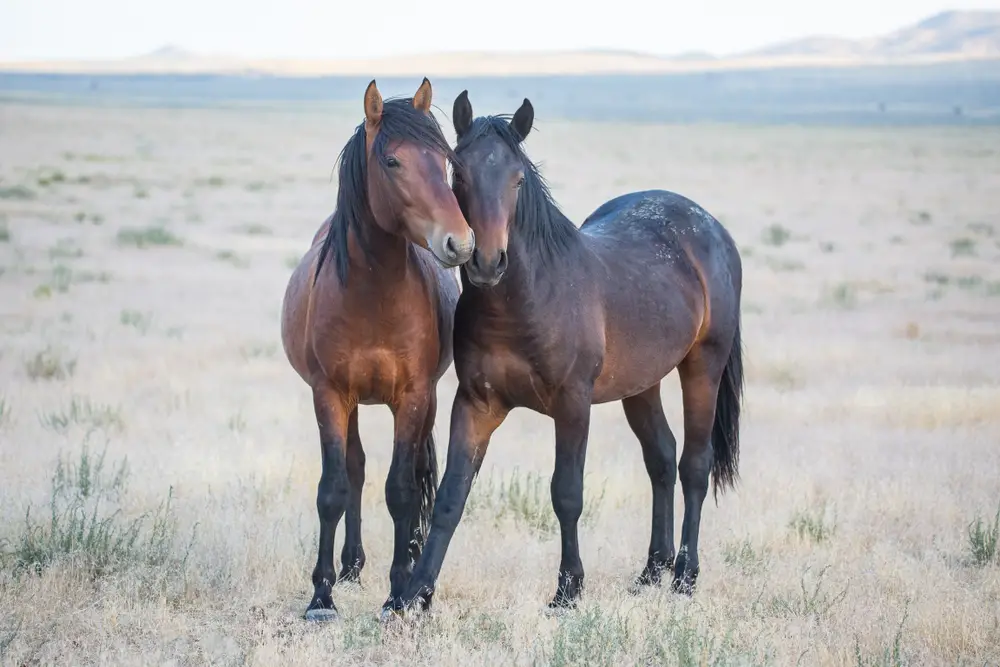
Horses, known for their strength and gentle nature, have their own way of coping with the loss of a herd member. When a horse dies, its companions often stand nearby in a quiet display of companionship and respect. This silent gathering underscores the deep bonds shared within their social groups. Their behavior suggests an awareness of the absence and a need to support one another in grief.
In some cases, horses have been observed gently nuzzling or standing close to the deceased, as if offering comfort. These subtle gestures highlight the empathy and emotional intelligence inherent in horse communities. While their mourning rituals may not be as overt as those of other animals, they convey a deep understanding of connection and loss. Horses remind us that even in silence, the bonds of love and friendship endure. It’s a touching testament to the power of quiet companionship.
13. Baboons’ Communal Grief
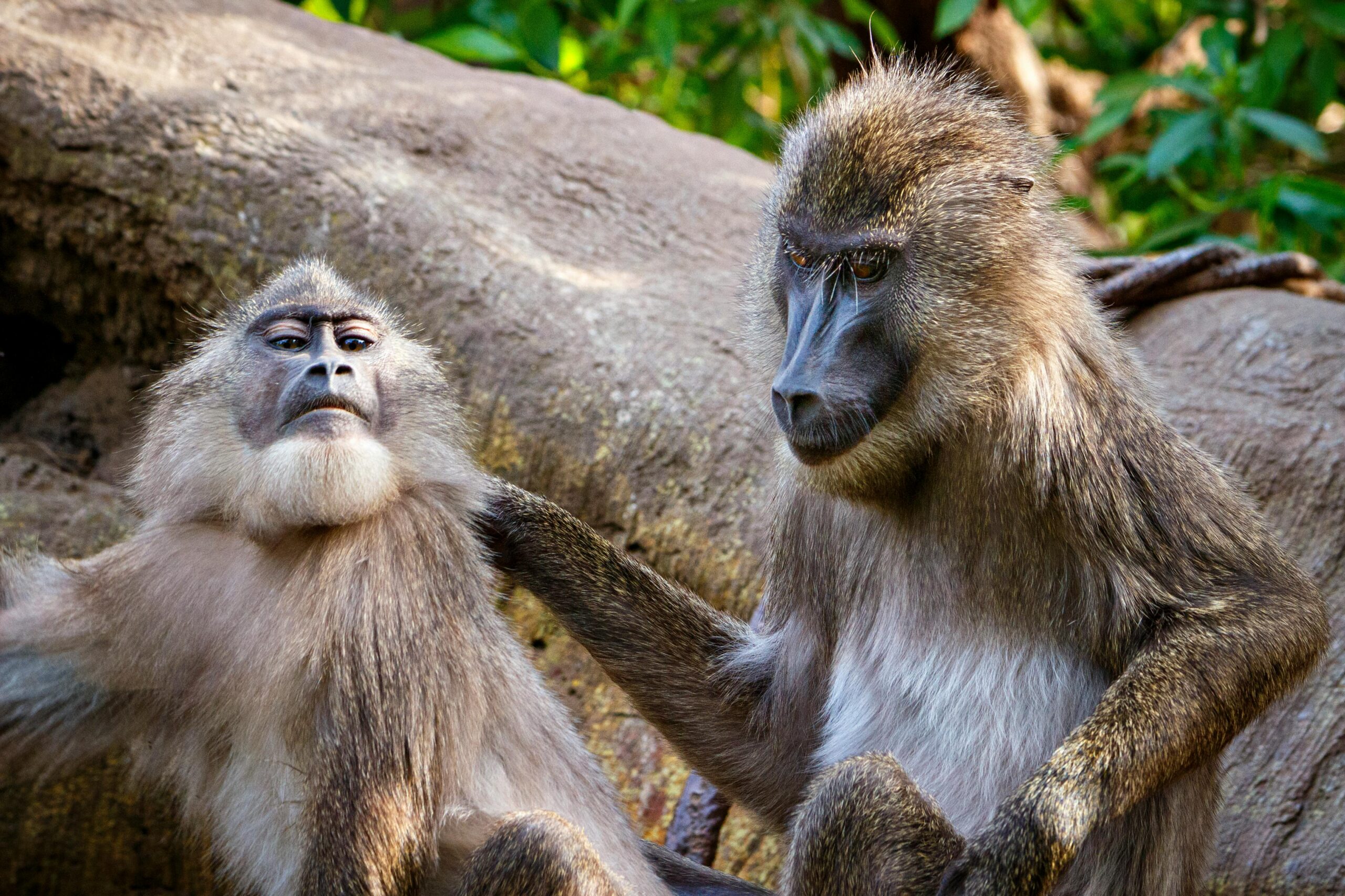
Baboons, with their complex social structures and lively communities, also experience grief in a way that reflects their strong social bonds. When a baboon dies, its troop often gathers around, engaging in behaviors that suggest communal mourning. They may groom each other more frequently, providing comfort and reassurance in the face of loss. This behavior highlights the importance of social connections and support within baboon societies.
The loss of a troop member can lead to changes in the social dynamics, as baboons adjust to the absence. By coming together and reinforcing bonds, the troop finds strength and resilience in their shared grief. These interactions showcase the emotional depth and intelligence that characterize baboon communities. Their communal grief reminds us of the importance of connection and the healing power of solidarity. It’s a powerful reminder of the shared experiences that unite us all in times of loss.
